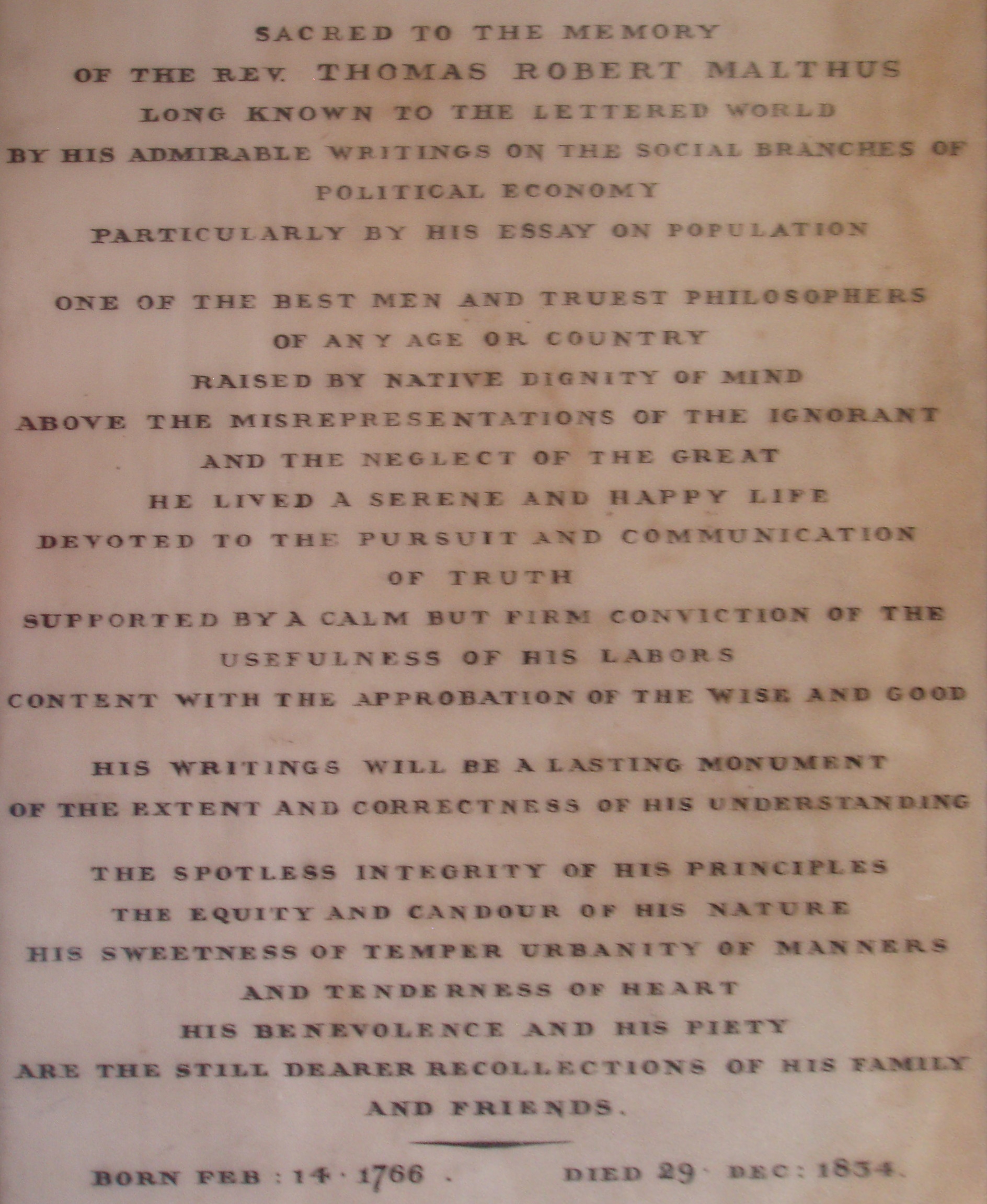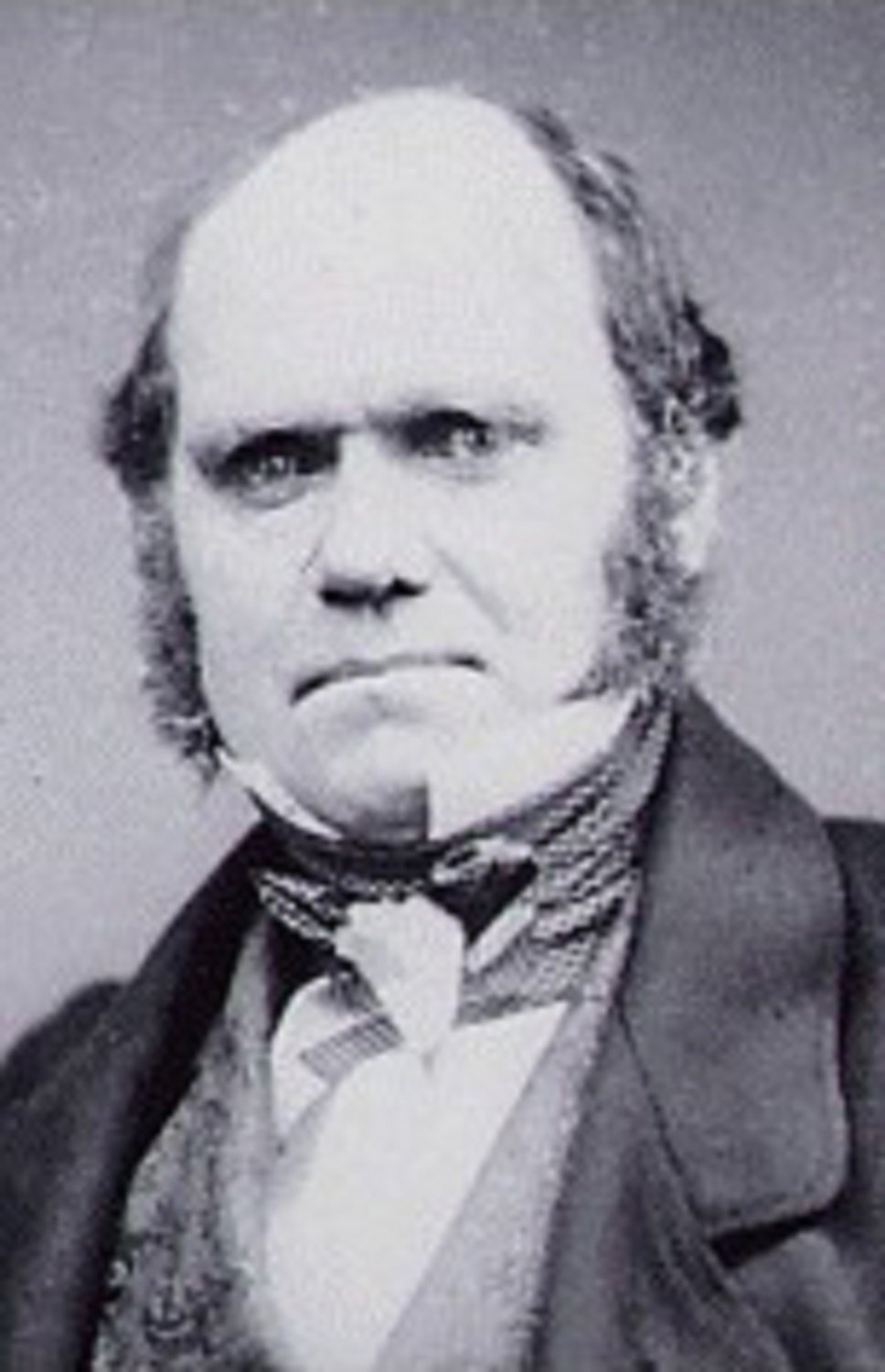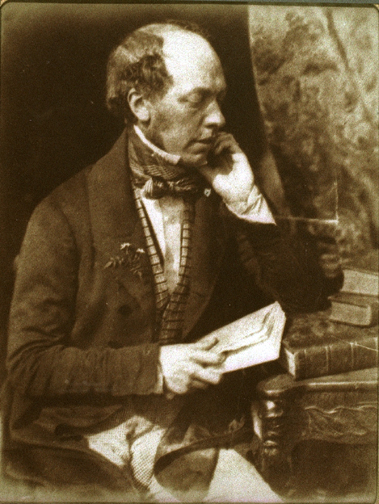|
The Expression Of The Emotions In Man And Animals
''The Expression of the Emotions in Man and Animals'' is Charles Darwin's third major work of evolutionary theory, following ''On the Origin of Species'' (1859) and ''The Descent of Man'' (1871). Initially intended as a chapter in ''The Descent of Man'', ''The Expression'' grew in length and was published separately in 1872. This book concerns the biological aspects of emotional life, and Darwin explores the animal origins of such human characteristics as the lifting of the eyebrows in moments of surprise and the raising of the upper lip in an aggressive sneer. A German translation of ''The Expression'' appeared in 1872; Dutch and French versions followed in 1873 and 1874. A second edition of the book, with only minor alterations, was published in 1890. Since its first publication, ''The Expression'' has never been out of print, but it has also been described as Darwin's "forgotten masterpiece". Before Darwin, human emotional life had posed problems to the western philosophic ... [...More Info...] [...Related Items...] OR: [Wikipedia] [Google] [Baidu] |
Charles Darwin
Charles Robert Darwin ( ; 12 February 1809 – 19 April 1882) was an English naturalist, geologist, and biologist, widely known for his contributions to evolutionary biology. His proposition that all species of life have descended from a common ancestor is now generally accepted and considered a fundamental concept in science. In a joint publication with Alfred Russel Wallace, he introduced his scientific theory that this branching pattern of evolution resulted from a process he called natural selection, in which the struggle for existence has a similar effect to the artificial selection involved in selective breeding. Darwin has been described as one of the most influential figures in human history and was honoured by burial in Westminster Abbey. Darwin's early interest in nature led him to neglect his medical education at the University of Edinburgh; instead, he helped to investigate marine invertebrates. His studies at the University of Cambridge's Christ's Col ... [...More Info...] [...Related Items...] OR: [Wikipedia] [Google] [Baidu] |
Psychology
Psychology is the scientific study of mind and behavior. Psychology includes the study of conscious and unconscious phenomena, including feelings and thoughts. It is an academic discipline of immense scope, crossing the boundaries between the natural and social sciences. Psychologists seek an understanding of the emergent properties of brains, linking the discipline to neuroscience. As social scientists, psychologists aim to understand the behavior of individuals and groups.Fernald LD (2008)''Psychology: Six perspectives'' (pp.12–15). Thousand Oaks, CA: Sage Publications.Hockenbury & Hockenbury. Psychology. Worth Publishers, 2010. Ψ (''psi''), the first letter of the Greek word ''psyche'' from which the term psychology is derived (see below), is commonly associated with the science. A professional practitioner or researcher involved in the discipline is called a psychologist. Some psychologists can also be classified as behavioral or cognitive scientists. Some psyc ... [...More Info...] [...Related Items...] OR: [Wikipedia] [Google] [Baidu] |
Thomas Malthus
Thomas Robert Malthus (; 13/14 February 1766 – 29 December 1834) was an English cleric, scholar and influential economist in the fields of political economy and demography. In his 1798 book '' An Essay on the Principle of Population'', Malthus observed that an increase in a nation's food production improved the well-being of the population, but the improvement was temporary because it led to population growth, which in turn restored the original per capita production level. In other words, humans had a propensity to utilize abundance for population growth rather than for maintaining a high standard of living, a view that has become known as the "Malthusian trap" or the "Malthusian spectre". Populations had a tendency to grow until the lower class suffered hardship, want and greater susceptibility to war famine and disease, a pessimistic view that is sometimes referred to as a Malthusian catastrophe. Malthus wrote in opposition to the popular view in 18th-century Europe tha ... [...More Info...] [...Related Items...] OR: [Wikipedia] [Google] [Baidu] |
Natural Selection
Natural selection is the differential survival and reproduction of individuals due to differences in phenotype. It is a key mechanism of evolution, the change in the heritable traits characteristic of a population over generations. Charles Darwin popularised the term "natural selection", contrasting it with selective breeding, artificial selection, which in his view is intentional, whereas natural selection is not. Genetic diversity, Variation exists within all populations of organisms. This occurs partly because random mutations arise in the genome of an individual organism, and their offspring can inherit such mutations. Throughout the lives of the individuals, their genomes interact with their environments to cause variations in traits. The environment of a genome includes the molecular biology in the Cell (biology), cell, other cells, other individuals, populations, species, as well as the abiotic environment. Because individuals with certain variants of the trait tend ... [...More Info...] [...Related Items...] OR: [Wikipedia] [Google] [Baidu] |
Edinburgh
Edinburgh ( ; gd, Dùn Èideann ) is the capital city of Scotland and one of its 32 Council areas of Scotland, council areas. Historically part of the county of Midlothian (interchangeably Edinburghshire before 1921), it is located in Lothian on the southern shore of the Firth of Forth. Edinburgh is Scotland's List of towns and cities in Scotland by population, second-most populous city, after Glasgow, and the List of cities in the United Kingdom, seventh-most populous city in the United Kingdom. Recognised as the capital of Scotland since at least the 15th century, Edinburgh is the seat of the Scottish Government, the Scottish Parliament and the Courts of Scotland, highest courts in Scotland. The city's Holyrood Palace, Palace of Holyroodhouse is the official residence of the Monarchy of the United Kingdom, British monarchy in Scotland. The city has long been a centre of education, particularly in the fields of medicine, Scots law, Scottish law, literature, philosophy, the sc ... [...More Info...] [...Related Items...] OR: [Wikipedia] [Google] [Baidu] |
Charles Darwin's Health
For much of his adult life, Charles Darwin's health was repeatedly compromised by an uncommon combination of symptoms, leaving him severely debilitated for long periods of time. However, in some ways this may have helped his work, and Charles Darwin wrote "Even ill-health, though it has annihilated several years of my life, has saved me from the distractions of society and amusement." He consulted numerous doctors, but, with the medical science of the time, the cause remained undiagnosed. He tried all available treatments, but, at best, they had only temporary success. More recently, there has been much speculation as to the nature of his illness. Development of illness and symptoms As a medical student at the University of Edinburgh, Darwin found that he was too sensitive to the sight of blood and the brutality of surgery at the time, so he turned his attention to natural history, an extramural interest he developed when studying at the University of Cambridge to qualify as a ... [...More Info...] [...Related Items...] OR: [Wikipedia] [Google] [Baidu] |
Coronation Of Queen Victoria
The coronation of Queen Victoria of the United Kingdom took place on Thursday, 28 June 1838, just over a year after she succeeded to the throne of the United Kingdom at the age of 18. The ceremony was held in Westminster Abbey after a public procession through the streets from Buckingham Palace, to which the Queen returned later as part of a second procession. Planning for the coronation, led by the prime minister, Lord Melbourne, began at Cabinet level in March 1838. In the face of various objections from numerous parties, the Cabinet announced on Saturday, 7 April, that the coronation would be at the end of the parliamentary session in June. It was budgeted at £70,000, which was more than double the cost of the "cut-price" 1831 coronation, but considerably less than the £240,000 spent when George IV was crowned in July 1821. A key element of the plan was presentation of the event to a wider public. By 1838, the newly built railways were able to deliver huge numbers of p ... [...More Info...] [...Related Items...] OR: [Wikipedia] [Google] [Baidu] |
Expression Of The Emotions Figure 21
Expression may refer to: Linguistics * Expression (linguistics), a word, phrase, or sentence * Fixed expression, a form of words with a specific meaning * Idiom, a type of fixed expression * Metaphorical expression, a particular word, phrase, or form of words that has a different meaning than its literal form * Expression (sign language), the expressions and postures of the face and body that contribute to the formation of words when signing Symbolic expression * Expression (architecture), implies a clear and authentic displaying of the character or personality of an individual person * Expression (mathematics), a finite combination of symbols that are well-formed according to applicable rules * Expression (computer science), an instruction to execute something that will return a value * Regular expression, a means of matching strings of text in computing * Expression marks, in music, notating the musical dynamics * Symbolic computation expression * S-expression Bodily expre ... [...More Info...] [...Related Items...] OR: [Wikipedia] [Google] [Baidu] |
Book Illustration
The illustration of manuscript books was well established in ancient times, and the tradition of the illuminated manuscript thrived in the West until the invention of printing. Other parts of the world had comparable traditions, such as the Persian miniature. Modern book illustration comes from the 15th-century woodcut illustrations that were fairly rapidly included in early printed books, and later block books. Other techniques such as engraving, etching, lithography and various kinds of colour printing were to expand the possibilities and were exploited by such masters as Daumier, Doré or Gavarni. History Book illustration as we now know it evolved from early European woodblock printing. In the early 15th century, playing cards were created using block printing, which was the first use of prints in a sequenced and logical order. "The first known European block printings with a communications function were devotional prints of saints." As printing took off and books beca ... [...More Info...] [...Related Items...] OR: [Wikipedia] [Google] [Baidu] |
John Murray III
John Murray III (1808–1892) was a British publisher, third of the name at the John Murray company founded in London in 1777. Life The eldest son of John Murray II (1778–1843) by Anne Elliott, daughter of Charles Elliot, the Edinburgh publisher, he was born on 16 April 1808. When he was four years old his father moved the firm to 50 Albemarle Street, which became a meeting-place for men of letters. He was educated at Charterhouse School and Edinburgh University, where he graduated in 1827. He completed his education by foreign travel, in Weimar delivering the dedication of Lord Byron's ''Marino Faliero'' to Goethe. Publisher There resulted the research for a series of books for tourists, the ''Murray's Handbooks for Travellers''. In 1836 Murray saw through the press the first of the handbooks, his own ''Holland, Belgium, and the Rhine''; and three more were written by himself. Subsequently, he enlisted specialists: Richard Ford (''A Handbook for Travellers in Spain''), Sir ... [...More Info...] [...Related Items...] OR: [Wikipedia] [Google] [Baidu] |
Portraits Of Charles Darwin
There are many known portraits of Charles Darwin. Charles Darwin, Darwin came from a wealthy family and became a well-known naturalist and author, and portraits were made of him in childhood, adulthood and old age. Darwin's life (1809–1882) spanned the history of photography, development of photography, and early portraits of Darwin are drawn or painted, while many later portraits are monochrome photographs. After the publication and dissemination of the controversial ''On the Origin of Species'' in 1859, Darwin was also the subject of Caricatures of Charles Darwin and his evolutionary theory in 19th-century England, numerous caricatures. Darwin's visage, particularly his iconic beard, continues to be culturally significant and widely recognisable into the 21st century. According to historian Janet Browne, Darwin's capacity to commission photographs of himself—and their widespread reproduction as carte de visite and cabinet card photographs—helped to cement the lasting co ... [...More Info...] [...Related Items...] OR: [Wikipedia] [Google] [Baidu] |










